India's Fintech Industry: Rides the Wave of Digital Transformation
By MYBRANDBOOK

India’s fintech industry has experienced remarkable growth in recent years, driven by a surge in digital payments, an expanding middle class, and the government’s push for financial inclusion. As the number of fintech startups increases and funding soars, the Indian fintech landscape is evolving rapidly, offering a wide range of innovative solutions. In this article, we will delve into the current state of the Indian fintech industry, the key drivers behind its growth, the challenges it faces, and the promising segments within the industry. The Indian fintech industry is growing rapidly. The number of fintech startups in India has increased by more than 50% in the past year, and the total funding raised by fintech startups has increased by more than 100%. The value of digital payments in India is also growing rapidly, and the number of unique digital payment users is expected to reach 500 million by FY25. The top 5 fintech companies in India have a combined market share of 50%.
Market Size and Growth Potential:
The Indian fintech market is on a trajectory of significant expansion. It is projected to reach a value of $200 billion by 2030, growing at a compound annual growth rate (CAGR) of 22%. This impressive growth can be attributed to several factors, including the rising popularity of digital payments, the expanding middle class, and the government’s focus on financial inclusion.
Digital payments have witnessed a remarkable surge in India. In 2022 alone, the value of digital payments amounted to $1.3 trillion and is predicted to reach $3.9 trillion by 2030. This surge can be attributed to the increased availability of smartphones, widespread internet usage, and the government’s concerted efforts to promote cashless transactions.
The burgeoning middle class in India, expected to reach 500 million by 2030, is a significant driver of fintech growth. This expanding demographic creates a substantial consumer base seeking convenient, affordable, and user-friendly financial services.
Government initiatives promoting financial inclusion, such as the Pradhan Mantri Jan Dhan Yojana (PMJDY) and the Pradhan Mantri Mudra Yojana (PMMY), have successfully integrated millions of previously unbanked individuals into the formal financial system. These initiatives have played a pivotal role in propelling the growth of the Indian fintech market. India’s financial services industry has witnessed significant growth in recent years, and this trend is expected to continue. The private wealth management industry in India has tremendous potential, with projections indicating that there will be 6.11 lakh HNWIs by 2025, making India the fourth largest private wealth market globally by 2028. The insurance market in India is also poised for substantial expansion, with an estimated value of US$ 250 billion by 2025. Additionally, India has the opportunity to generate US$ 78 billion in additional life insurance premiums between 2020 and 2030.
India’s robust banking and insurance sectors have contributed to its status as one of the most dynamic global economies. The relaxation of foreign investment regulations has garnered positive responses from the insurance sector, resulting in many companies expressing their intentions to increase their stakes in joint ventures with Indian counterparts. In the near future, it is likely that there will be several joint venture agreements between global insurance giants and local players.
The growth of the financial services sector in India is anticipated to be substantial. The Association of Mutual Funds in India (AMFI) aims to achieve nearly a five-fold increase in Assets Under Management (AUM) to Rs. 95 lakh crore (US$ 1.47 trillion) and more than triple the growth in investor accounts to 130 million by 2025. India’s fintech sector is expected to drive growth across various segments.
The mobile wallet industry in India is projected to grow at a Compound Annual Growth Rate (CAGR) of 150% and reach US$ 4.4 billion by 2022. Furthermore, mobile wallet transactions are estimated to reach Rs. 32 trillion (USD$ 492.6 billion) during the same period. According to Goldman Sachs, investors have been actively investing in India’s stock market, which is on track to surpass the United Kingdom and become the world’s fifth-largest stock market with a value exceeding US$ 5 trillion by 2024.
Leading Trends Shaping the Indian Fintech Market:
The Indian fintech industry is at an exciting crossroads, with several key trends shaping its future trajectory in the fiscal year FY23-24:
Digital lending: The adoption of digital lending is anticipated to surge, fueled by the increasing popularity of digital payments, the expanding middle class, and the government’s financial inclusion initiatives. Digital lending provides convenient and accessible financial services to previously underserved segments of the population.
Open banking: Open banking is poised to gain traction in FY23-24, enabling fintech companies to access customer data from traditional banks. This will empower them to offer personalized and innovative financial products and services, further enhancing customer experiences.
Regtech: The growth of regtech, a new industry focused on developing technology to facilitate compliance with financial regulations, is driven by the mounting complexity of such regulations. Regtech solutions streamline compliance processes, ensuring adherence to regulatory requirements.
Artificial Intelligence (AI) and Machine Learning (ML):
Fintech companies are increasingly leveraging AI and ML to enhance their offerings. These technologies automate customer service, detect fraud, and personalize financial products, leading to improved efficiency and enhanced user experiences.
Key Segments within the Indian Fintech Industry:
The Indian fintech industry encompasses various segments, each exhibiting significant growth potential:
Blockchain technology: While still in its early stages of adoption, blockchain technology has the potential to revolutionize multiple financial services, including payments, lending, and insurance. Its distributed ledger system offers secure and transparent transaction records.
Digital payments: With a projected value of $3.9 trillion by 2030, digital payments in India are poised for tremendous growth. The availability of smartphones, increased internet penetration, and the government’s cashless agenda are driving this upward trajectory.
Neo banking: Neo banks are digital-only banks that provide a range of financial services such as savings accounts, loans, and credit cards. Their lower operational costs enable them to offer more convenient and cost-effective services compared to traditional banks.
Insuretech: Insuretech leverages technology to enhance the insurance sector by simplifying processes, improving accessibility, and developing innovative insurance products. It includes services such as online policy comparisons, easy purchase processes, and digitized claims management.
Wealthtech is a new industry that is using technology to improve the way people manage their money. Wealthtech companies are using technology to make it easier for people to invest, save, and plan for retirement. Wealthtech is also using technology to develop new financial products and services, such as robo-advisors and digital asset management platforms.
The wealthtech industry in India is growing rapidly. The value of the Indian wealthtech market is expected to reach $63 billion by FY25. This growth is being driven by a number of factors, including the increasing number of wealthy individuals in India, the growing middle class, and the government’s focus on financial inclusion.
The Indian wealthtech industry is highly competitive. There are a large number of wealthtech companies operating in India, and the market is constantly evolving. Some of the leading wealthtech companies in India include Groww, Kuvera, and IndWealth.
The Indian wealthtech industry is poised for significant growth in the coming years. The factors driving this growth are likely to continue, and the market is likely to become even more competitive.
This is an exciting time for the Indian wealthtech industry, and there are many opportunities for growth.
Here are some of the key trends that are expected to shape the Indian wealthtech market in FY23-24:
The growth of robo-advisors: Robo-advisors are automated investment platforms that use algorithms to create and manage investment portfolios. Robo-advisors are becoming increasingly popular in India because they are affordable, convenient, and easy to use.
The growth of digital asset management platforms: Digital asset management platforms are platforms that allow people to buy, sell, and store digital assets, such as cryptocurrencies and non-fungible tokens (NFTs). Digital asset management platforms are becoming increasingly popular in India as the demand for digital assets grows.
The growth of financial planning tools: Financial planning tools are software programs that help people to create and manage their financial plans. Financial planning tools are becoming increasingly popular in India as people become more aware of the importance of financial planning.
The Indian wealthtech industry is a dynamic and rapidly growing market. There are many opportunities for growth in the Indian wealthtech industry, and the industry is expected to continue to grow in the coming years.
Challenges on the Horizon:
While the Indian fintech industry is positioned for significant growth, it faces a few challenges that need to be addressed:
Regulatory challenges: The government is in the process of formulating regulations for the fintech sector, which can create uncertainty for companies and hinder innovation. Establishing clear regulatory frameworks will be essential to fostering growth and stability.
Security challenges: As fintech companies become increasingly attractive targets for hackers, ensuring robust cybersecurity measures is crucial. Data breaches and financial losses can undermine customer trust and impede the industry’s progress.
Competition challenges: With the rising number of players in the fintech market, competition is intensifying. Companies need to differentiate themselves through unique value propositions and focus on customer acquisition and retention strategies.
Despite these challenges, the Indian fintech industry is poised for significant growth in the coming years. The factors driving this growth are likely to continue, and the market is likely to become even more competitive. This is an exciting time for the Indian fintech industry, and there are many opportunities for growth.
Conclusion:
The Indian fintech industry has witnessed remarkable growth, driven by factors such as digital payments, an expanding middle class, and government initiatives promoting financial inclusion. The industry is poised for continued expansion, with trends like digital lending, open banking, regtech, and AI/ML playing pivotal roles. Within the fintech ecosystem, segments such as blockchain technology, digital payments, neo banking, and insuretech offer tremendous growth potential. While regulatory, security, and competition challenges persist, the overall outlook for the Indian fintech industry remains highly promising. As the industry evolves, it will continue to revolutionize financial services and create new opportunities for innovation, growth, and financial inclusion in India’s dynamic economy.
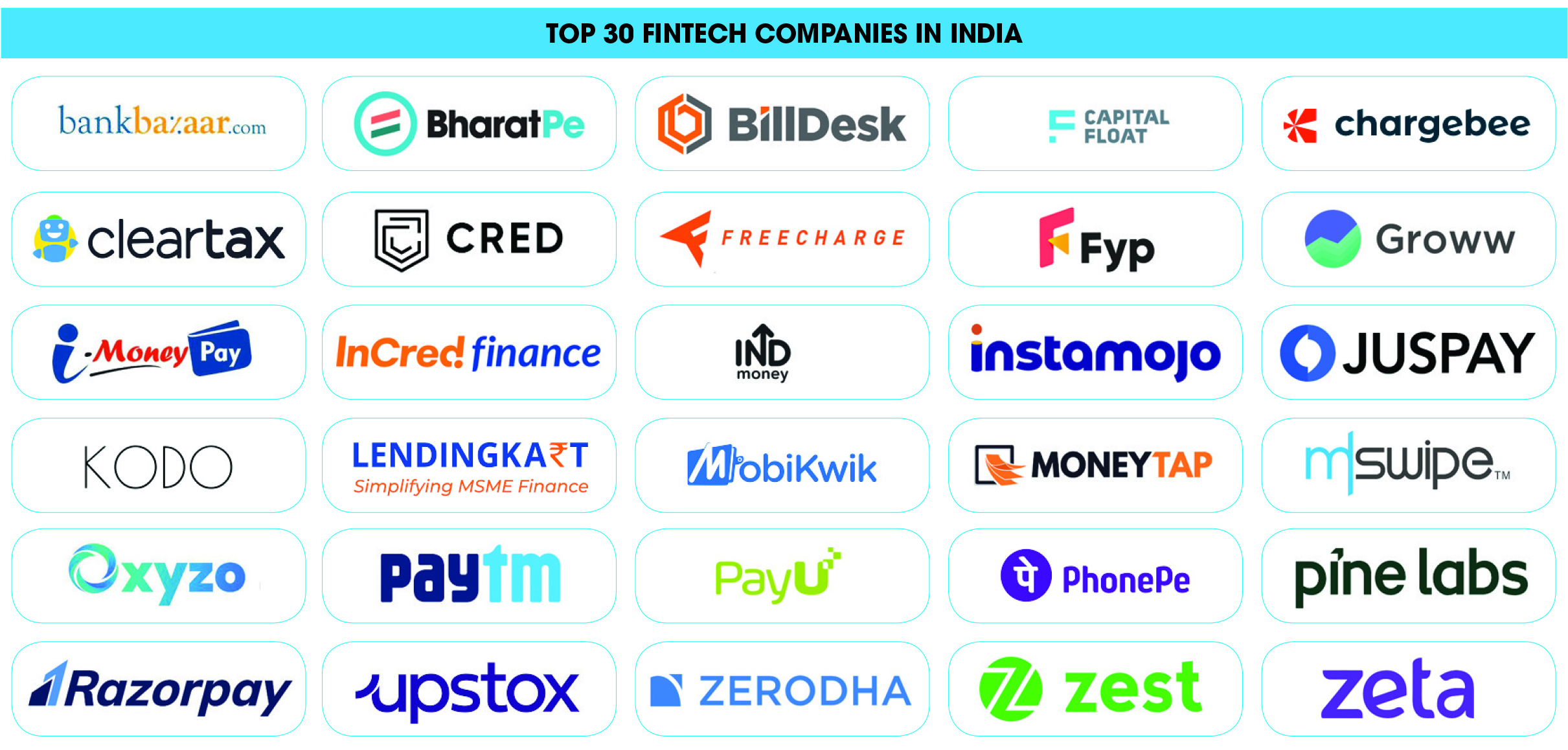


Legal Battle Over IT Act Intensifies Amid Musk’s India Plans
The outcome of the legal dispute between X Corp and the Indian government c...

Wipro inks 10-year deal with Phoenix Group's ReAssure UK worth
The agreement, executed through Wipro and its 100% subsidiary,...
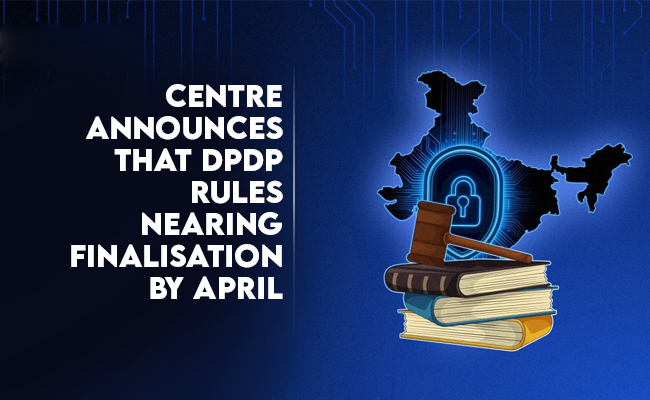
Centre announces that DPDP Rules nearing Finalisation by April
The government seeks to refine the rules for robust data protection, ensuri...

Home Ministry cracks down on PoS agents in digital arrest scam
Digital arrest scams are a growing cybercrime where victims are coerced or ...


Icons Of India : RAJENDRA SINGH PAWAR
Rajendra Singh Pawar is the Executive Chairman and Co-Founder of NIIT ...
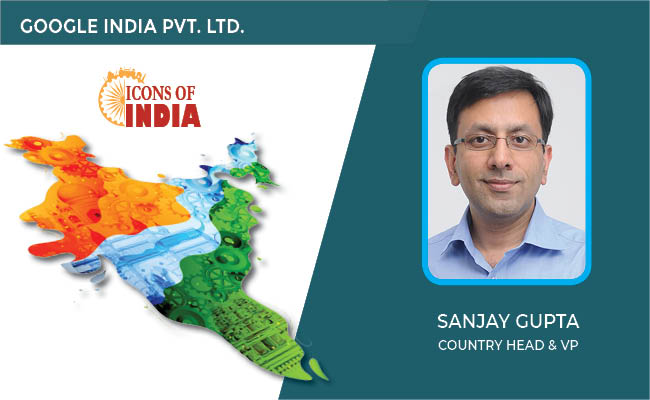
ICONS OF INDIA : SANJAY GUPTA
Sanjay Gupta is the Country Head and Vice President of Google India an...
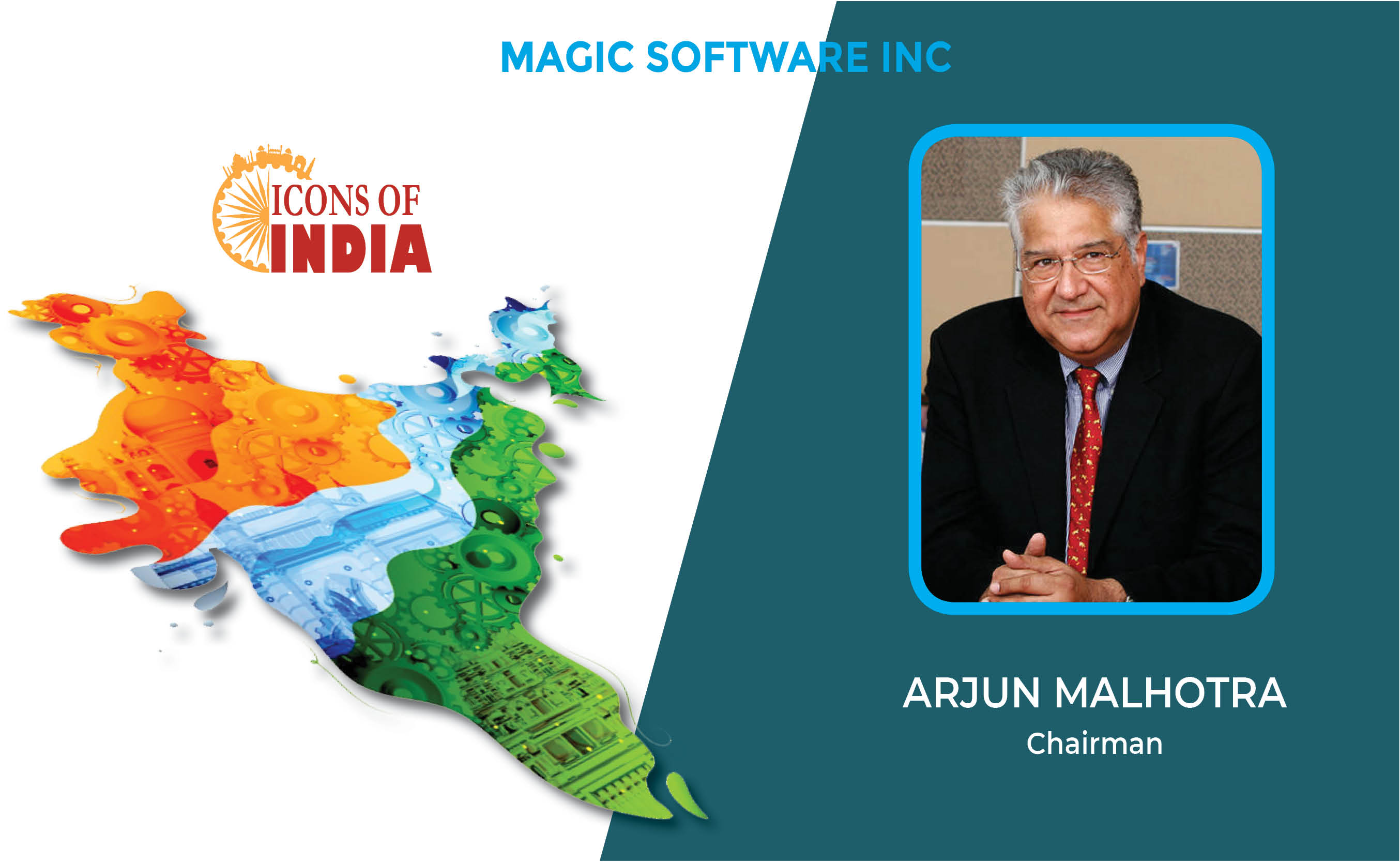
Icons Of India : Arjun Malhotra
Arjun Malhotra, the Chairman of Magic Software Inc., is widely recogni...


ECIL - Electronics Corporation of India Limited
ECIL is distinguished by its diverse technological capabilities and it...
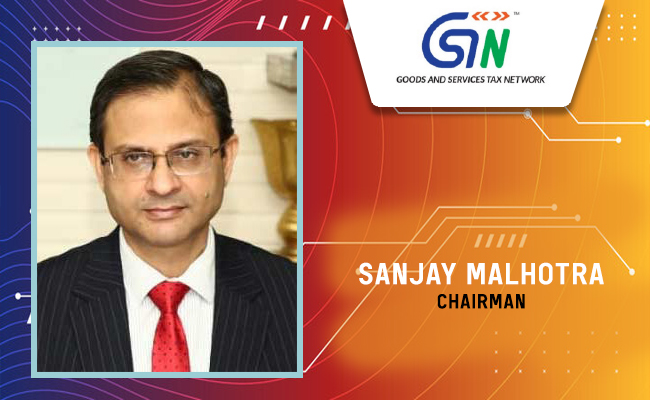
GSTN - Goods and Services Tax Network
GSTN provides shared IT infrastructure and service to both central and...

NPCI - National Payments Corporation of India
NPCI is an umbrella organization for operating retail payments and set...


Indian Tech Talent Excelling The Tech World - Sanjay Mehrotra, CEO- Micron Technology
Sanjay Mehrotra, the President and CEO of Micron Technology, is at the...
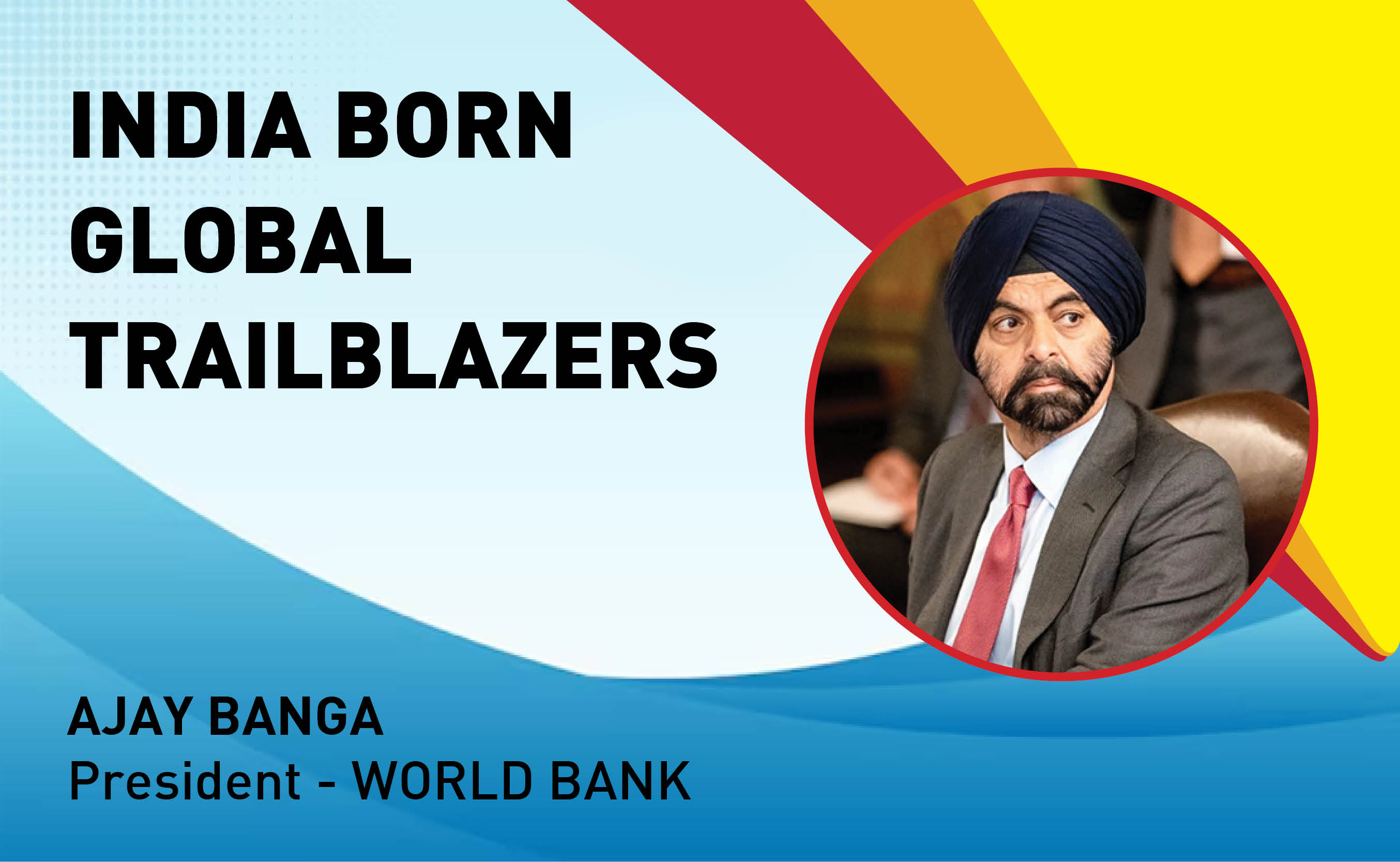
Indian Tech Talent Excelling The Tech World - AJAY BANGA, President - World Bank
Ajay Banga is an Indian-born American business executive who currently...

Indian Tech Talent Excelling The Tech World - NEAL MOHAN, CEO - Youtube
Neal Mohan, the CEO of YouTube, has a bold vision for the platform’s...
 of images belongs to the respective copyright holders
of images belongs to the respective copyright holders